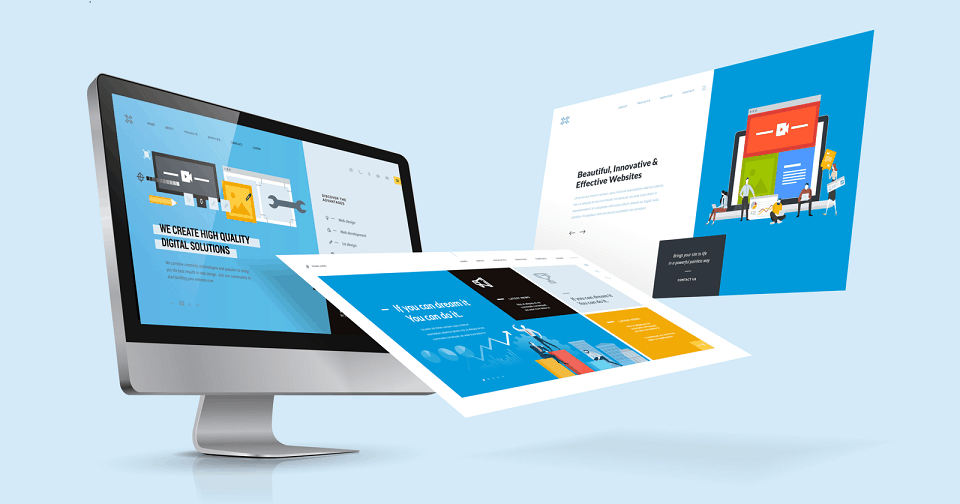Website design refers to the design of websites that are displayed on the Internet. It usually relates to the website development aspects, not software development. Back in the day, web design focused on designing web pages for computer browsers; however, since mid-2010, the design of browsers for mobile phones and tablets has become increasingly important.
A web designer works on the look, layout and, in some cases, content of a website. For example, appearance refers to the colors, fonts, and images used. Layout relates to the structure and categorization of information. Good website design is easy to use, aesthetically pleasing, and suits your audience and site brand. Many website design agency go with an emphasis on simplicity so that no redundant information or features appear that may distract or confuse users. Since the foundation of a web designer job is a website that gains and strengthens the trust of your target audience by removing as many potential points as possible.
Popular website designing methods
The two most popular website design methods that work well on both desktop and mobile devices are responsive and adaptive design. In responsive design, the content moves dynamically depending on the screen size; in adaptive design, site content is fixed in layout sizes that fit common screen sizes. Maintaining a layout that is as consistent as possible across devices is critical to maintaining user trust and engagement. Since responsive design can be difficult in this regard, designers must exercise caution in giving up control over the appearance of their work. If they are also responsible for the content, although they may need to expand their skills, they will enjoy the benefit of having full control of the finished product.
One of the key ingredients of a successful product is creating effective, efficient and visually pleasing displays. In order to produce such high-quality displays, whether graphical or tangible, it is imperative to understand human eyesight. A web designer is responsible for the look and feel of the website, and the web developer is responsible for the website’s applications and functions. The designer creates and styles graphics, objects, and layout for the user to interact with, but without any pre-programmed interactive elements. In short, by using the colors, spaces, and other graphic design principles outlined below, web designers create an aesthetically appealing website for users to visit.
Website development is coding or programming that allows users to click and go from page to page. Think of the web creator as the director behind the camera; they are always there, but in a good movie you will never think about them. The same goes for websites. Website design focuses on the look and feel of your website and its support pages. A website design agency will most likely hire a professional graphic designer to work on the logo, color schemes, branding, and whatever content you will create to make sure it suits your tastes.
Necessary things to keep in mind:
- Alignment – Provides a clean and organized design that makes the content much more accessible to users by creating a clear connection between elements.
- Hierarchy – Refers to paying attention to more important aspects on a page by changing the style of the items.
- Contrast – draws the user’s attention to important elements through differences in size, color, thickness and / or style.
- Repetition – Maintains the organization and consistency of the website by bringing together different elements on the page. This is a key aspect of building a strong brand in the minds of users.
- Proximity – Refers to grouping items together or breaking them apart to create a logically organized page.
- Balance – Refers to the visual flow and stability that a website offers to the user to create an easily digestible experience.
- Color – sets the mood of the user and is necessary to connect all elements on the page. Colors should be consistent to enhance your brand identity.
- Spacebar – helps to highlight important information on the page, reducing distraction.
If you are thinking of a website design agency responsible for the website you see, then the website development agency is responsible for the website you are using. Web development is about the functionality of your website and makes your pages come to life.
